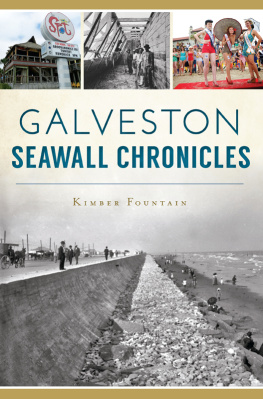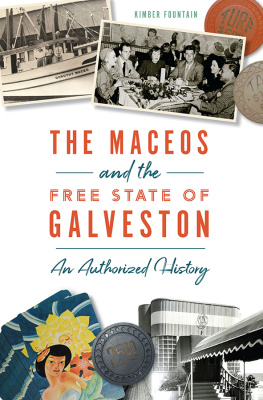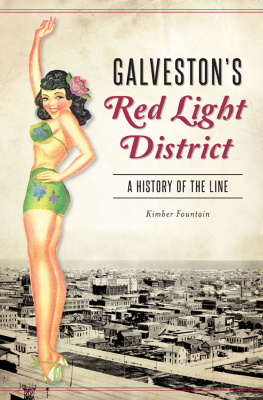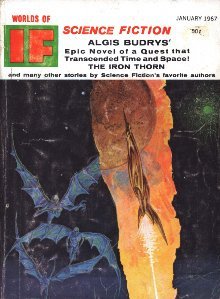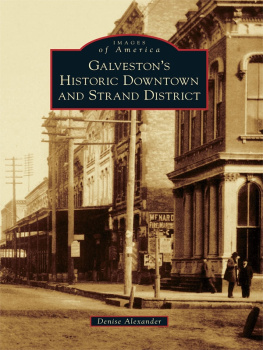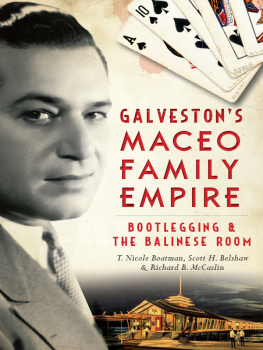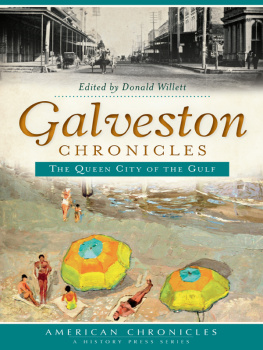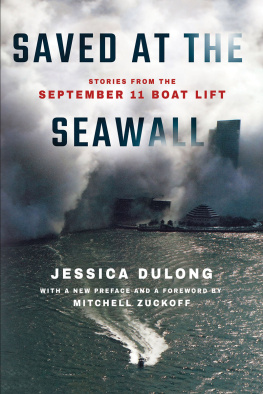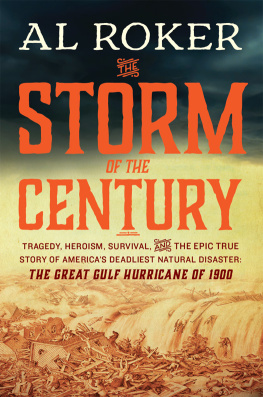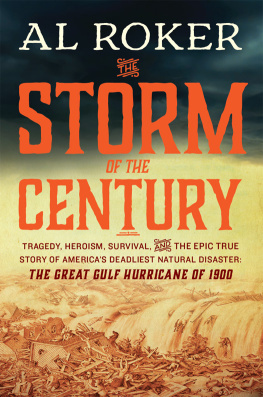

Published by The History Press
Charleston, SC
www.historypress.net
Copyright 2017 by Kimberly F. Fountain
All rights reserved
Front cover, top: Photo by the author (left); Courtesy of Galveston Island Beach Revue/Candace Dobson (right).
First published 2017
e-book edition 2017
ISBN 978.1.43966.053.9
Library of Congress Control Number: 2016961713
print edition ISBN 978.1.46713.789.8
Notice: The information in this book is true and complete to the best of our knowledge. It is offered without guarantee on the part of the author or The History Press. The author and The History Press disclaim all liability in connection with the use of this book.
All rights reserved. No part of this book may be reproduced or transmitted in any form whatsoever without prior written permission from the publisher except in the case of brief quotations embodied in critical articles and reviews.
For GALVESTON, MOM and M. LUDWIG
CONTENTS
ACKNOWLEDGEMENTS
First and foremost, my unequivocal appreciation is extended to John Frank Hall, owner and publisher of Galveston Monthly magazine. This book all started with Johns idea, and it would not have happened without him. He pitched the concept of a year-long series on the seawall to me in a content meeting for the magazine, and I was instantly taken with the idea. From there, it morphed into this book, for which John also generously provided the images from the original magazine series via the Rosenberg Library, as well as many others that were not published. For the opportunity he has given me, and for his constant encouragement and support, I hold a level of gratitude that is hard to express, even for me.
A special thank-you to Tena and Louie Jerger of the Island Guide publication in Galveston for giving me my very first writing job.
To the remarkable staff at the Galveston and Texas History Center at the Rosenberg Library, Travis Bible, Casey Greene, Sean McConnell and Peggy Dillard, I extend my unending gratitude for their knowledge, patience, assistance and especially their passion for Galveston history.
To The History Press, for letting me tell this story and for the willingness to embrace a first-time author, for the ease of your processes and your wellestablished integrity, I am honored to be on your roster. Most notably, I would like to thank Ben Gibson, commissioning editor, who enthusiastically championed this concept and provided guidance along the way.
Thank you Bob Whelton, Henry Freudenberg, Doug McLeod, George Lestos and Steve Keys for the generous donation of their memories to this story, and a special additional thank-you to Bob for allowing me access to his personal collection of photos.
Personally, I must acknowledge my mom, who instilled in me a love for literature; my dad, whom I love so dearly; Maura Ludwig, who knew I was a writer way before I did; and Stephen Gerald, who was one in a million. Eric, I love you. Krissie and Kelly, I am so glad you are my sisters.
To Galveston, what an entrancing city you are. I am forever mesmerized by the strength of your people, the beauty of your culture, the diversity of your lifestyle and the music of your art. Your existence is an inspiration.
To Chicago, my person transformed at the sight of that skyline, within the unlimited city limits I found wisdom, truth and peace. And to my glorious, beloved Cubbies, 2016 World Series champions, I was finishing my first book while they were making historyit doesnt get more poetic than that.
And lastly my muse, my sunshine, my soulmatemy dog, Elle. You are my favorite person in the whole world.
INTRODUCTION
Galveston history is like Mary Poppinss pursea relatively modest confine with unfathomable depth and the ability to hold an innumerable amount of secrets. At the precise moment when I think that nothing more is to be known about a subject, out pops an undiscovered file or photograph or a forgotten newspaper article. That is most likely why, after already having spent years researching Galvestons past, I felt an unbridled enthusiasm emerge when the publisher of my magazine proposed that I write a year-long, twelve-part series on the seawall. But even then I never could have imagined how much more fascinated I could become with a city that I already adored.
As my work began on the series, my excitement amplified as I came to be increasingly aware that nothing like this had ever before been written. This fact became obvious when the various pieces of information I sought were all in different places; a cumulative reference for the seawall did not exist. The material was scattered about, pieces here and articles therememoirs, files and dissertations somewhere else. When I fully realized the uniqueness of the project despite all of the volumes and volumes that had already been written about Galveston history, I knew that this was my story to tell.
I was even more certain of my connection with the story of the seawall when I discovered that it would involve the Galveston grade raising, because the grade raising is indisputably my favorite Galveston story of all time. It features ingenuity born of unimaginable heartbreak; genius that would have been nothing without a symbiotic willingness to endure unthinkable inconvenience; and drama, collective triumph tinged with the sting of personal defeat. And every last person who sacrificed their comfort for seven years did so for people they would never even meetpeople like me and each of the millions of people that still visit Galveston every year.
People walk, bike or drive down Seawall Boulevard, and many of them do not realize that they are standing, pedaling or cruising on top of a mind-blowing century-old feat of civil engineering. This is completely understandable; human nature possesses a tendency to think that the way things are is the way they have always been. The seawalls story has given me the opportunity to shed light on this forgotten mathematical marvel.
It has also allowed me a chance to address a significant misconception among modern Galveston historians. When telling the story of the citys prosperity during the late nineteenth century to a modern audience, naturally some sort of connection must be established between then and now. Then, it was opulent commercial buildings and million-dollar mansions. Now, Galveston is seen as predominantly a tourist town, and the mansions are museums. Within my experience, the only explanation ever given for this discrepancy has been the Great Storm of 1900. It killed thousands of people, many more abandoned the island in the aftermath, the damage was horrendous and Galvestons port would never make money again. Indeed, all of that is trueexcept the last part.
Imagine pulling back a rubber band and then releasing it. The more it is pulled, the farther it flies. Now imagine a group of entrepreneurial minds that managed to take a thirty-two-mile-long barrier island and turn it into one of the largest grossing commercial ports in the world coming up against utter annihilation. These were not the sort of men who were about to cower and concede. In the initial years after the 1900 storm, Galveston broke every commercial record it had ever set in the century priormore than once. When historians say that the storm was too much for Galveston to bear, not only do they deny the city its just due but they also deny audiences one of the most powerful stories of the strength of the human spirit that has ever been told.
Next page
